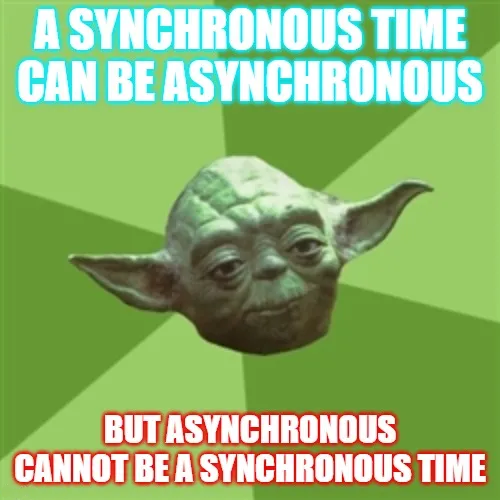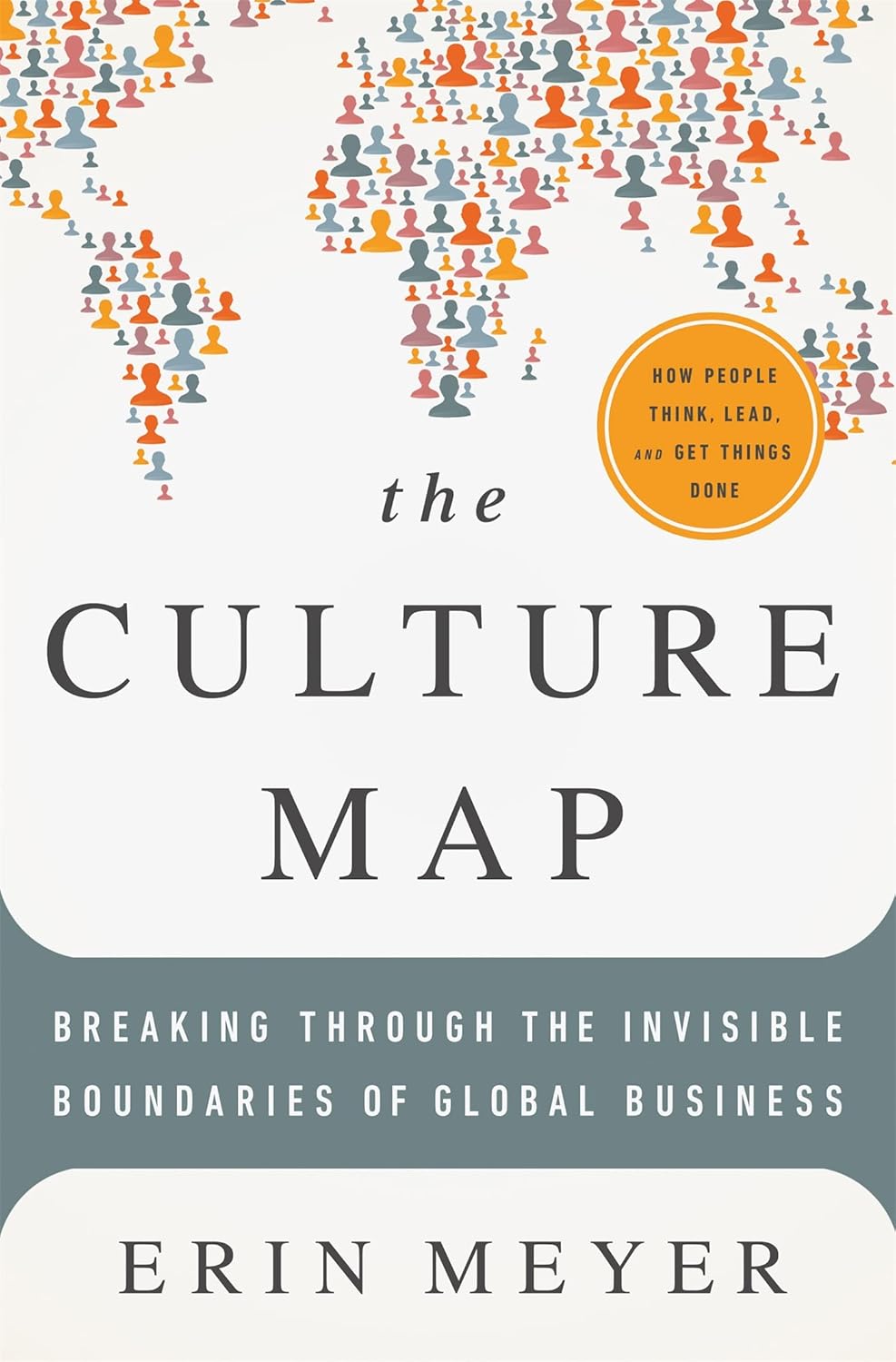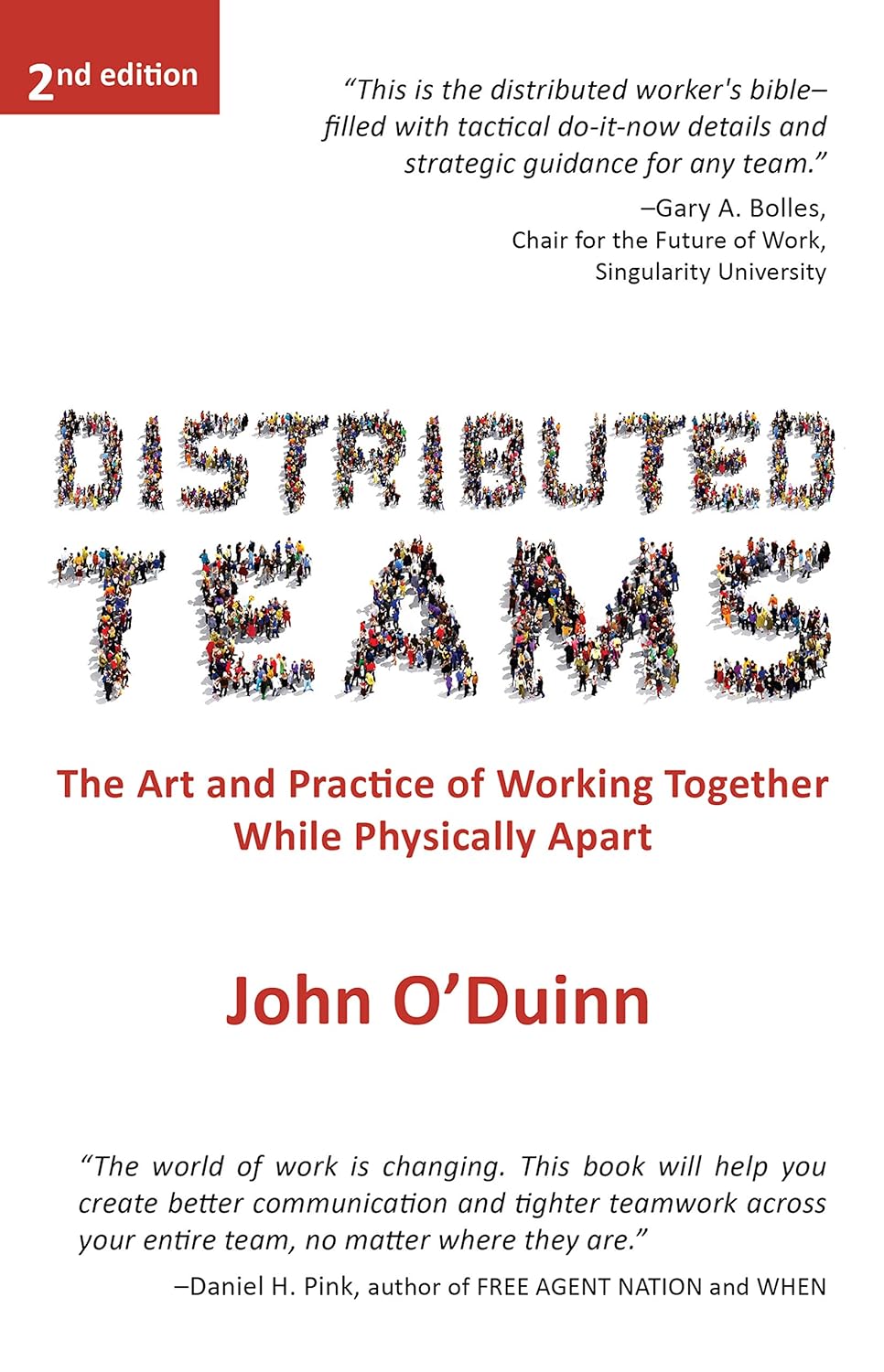Every organization strives to evaluate team effectiveness. If you want to turn uncertainty into clear data and improve performance, this article is for you. We'll share our experience and practical advice to help you understand what truly matters when measuring succes
Managing teams across time zones
Managing teams scattered across different continents and time zones has become the new normal for many organizations. Globalization and remote technologies enable companies to hire the best talent regardless of location. However, this brings serious challenges in coordinating work across different time zones.
Key takeaways
Synchronize working hours to prevent burnout
Leverage the "golden hour" and asynchronous work for productivity
Consider cultural factors and apply technology for maximum efficiency
Main сhallenges

- Asynchronous Work and Differences in Active Hours
When employees work across different time zones, coordination becomes complex: one part of the team is starting their day, another is finishing, and a third is resting. This asynchronicity makes it difficult to resolve issues quickly and slows down decision-making, especially in closely collaborative projects. For example, a bug discovered in the evening in San Francisco might have to wait until morning in Kyiv to be fixed.
- Schedule Conflicts and Risk of Professional Burnout
Attempts to synchronize global teams often force employees to work at inconvenient times—late-night meetings, evening deadlines, and weekend calls become routine. This leads to burnout, stress, and work-life imbalance, reducing overall productivity. Research shows that such employees are 35% more likely to suffer from burnout.
- Communication Gaps and Loss of Context
The absence of synchronous meetings creates information gaps within teams. Important decisions are made without input from all stakeholders, context is lost when information is conveyed through written messages, and feedback arrives with significant delays. These communication breakdowns are particularly dangerous in critical situations where quick problem-solving requires immediate coordination among all project participants.
Management strategies
- The "Golden Hour" Concept
The key to successfully managing a global team is finding and utilizing the "golden hour"—the time when most employees are actively working simultaneously. For teams spanning Europe, America, and Asia, this is typically between 2:00 PM and 4:00 PM Moscow time, when all regions overlap in their working hours. Important meetings and decisions should be scheduled during this time to maximize participation and minimize misunderstandings.
- Creating Transparent Work Schedules
Schedule transparency is the foundation of effective coordination. Everyone should clearly know when colleagues are available and when they're offline. A shared calendar with working hours, time zones, and meeting preferences helps avoid inconveniences while accounting for holidays, vacations, and cultural differences.
- Asynchronous Communication as the Foundation
Transitioning to asynchronous communication requires rethinking traditional management: instead of instant responses, teams learn to work with delayed feedback. This demands careful planning, clear task definition, and detailed documentation where each message contains all necessary context for understanding without additional questions.
Technological solutions
Modern project management tools become critically important for coordinating global team work. The Taskee.pro platform represents a comprehensive solution specifically adapted for distributed teams.
A key feature of Taskee.pro is its intelligent planning system that automatically accounts for the time zones of all project participants. When creating tasks and setting deadlines, the system suggests optimal timing considering the work schedules of all stakeholders.
The platform also includes "smart notifications" that reach participants during their active working hours, avoiding nighttime alerts and weekend notifications. This is especially important for maintaining a healthy work-life balance in global teams.
Cultural aspects
- Establishing Clear Communication Rules
Creating a communication protocol helps avoid misunderstandings and conflicts. This protocol should include message response rules, formats for different types of communication, and response time expectations.
For example, you could establish a 24-hour response rule for emails and 4-hour response for urgent messages during the recipient's working hours. It's important that these rules are clear and acceptable to all team members.
- Accounting for Cultural Differences
Managing a global team requires understanding and respecting the cultural characteristics of different countries. Communication styles, problem-solving approaches, and attitudes toward hierarchy can vary significantly.
Regular cultural training and open discussions about these differences help create a more inclusive and effective work environment.
Practical tips
Work Schedule Planning:
- Create a team time zone map showing each member's working hours
- Identify 2-3 hours of maximum overlap for synchronous work
- Block "golden hours" in calendars for important discussions
- Establish a "48-hour response rule" for asynchronous tasks
Fair Workload Distribution:
- Track statistics on participation in inconvenient meetings by time zone
- Rotate weekly call times monthly
- Appoint "time zone ambassadors" to represent regional interests
- Compensate inconvenient timing with additional time off
Measuring Effectiveness:
- Monitor average message response times by region
- Measure participation rates in synchronous events
- Conduct monthly work schedule satisfaction surveys
- Analyze team productivity across different time windows
Cultural Adaptation:
- Study holiday calendars for all represented countries
- Adapt deadlines to local working weeks
- Consider cultural communication preferences
- Create a team "cultural guide" with traditions from each region
Interesting fact 
Until 1884, there was no unified international time standard—each country and even individual cities used their own local time. In 1884, at the International Meridian Conference, Greenwich Mean Time (GMT) was adopted as the universal time standard, enabling more effective coordination of trains, telegraphs, and international communications.
Related articles:
To improve your daily productivity, read about Energy management for better productivity.
To avoid burnout and overload, check out Effective breaks for productive work.
To avoid overwhelming your employees with repetitive questions, read Overcommunication tips for remote teams.
Conclusion
Managing teams across different time zones requires a fundamental rethinking of traditional management approaches. Success comes to organizations willing to invest in the right tools, create an inclusive culture, and continuously adapt their processes to meet global team needs.
The key to success lies in balancing business process efficiency with employee wellbeing. Only this way can you build a truly productive and sustainable global team capable of competing in today's world.
Recommended reading 

"The Culture Map: Breaking Through the Invisible Boundaries of Global Business"
How to understand and manage cultural differences in international teams to achieve better results.
On Amazon
"Distributed Teams: The Art and Practice of Working Together While Physically Apart"
Tips and strategies for building successful and productive distributed teams across different time zones and cultures.
On Amazon
"Virtual Team Success: A Practical Guide for Working and Leading from a Distance"
Practical advice and tools for effective management and work in virtual teams.
On Amazon






